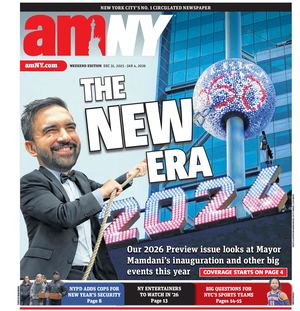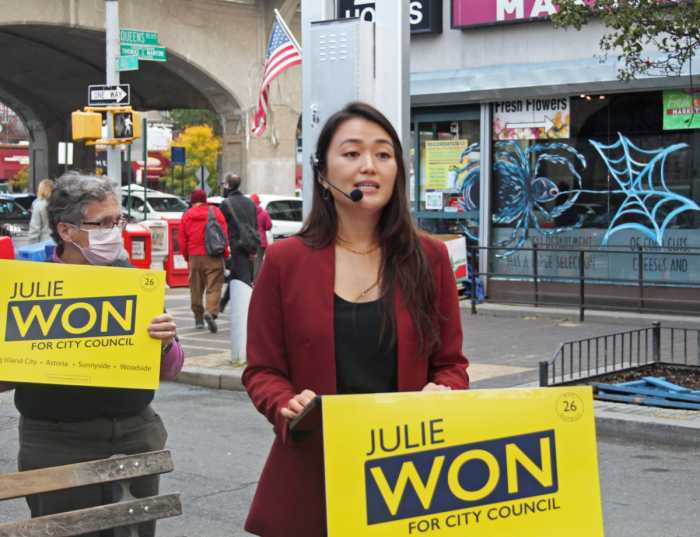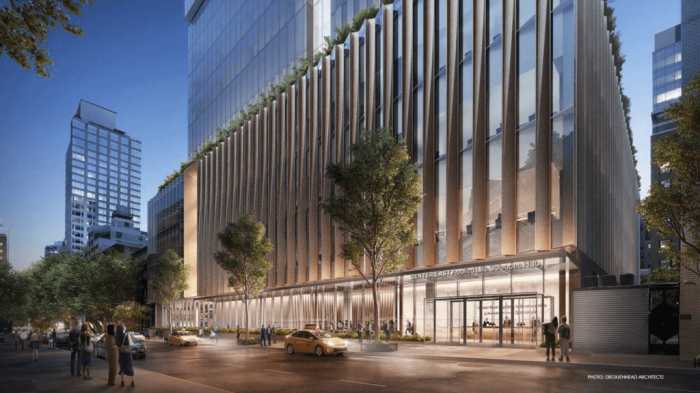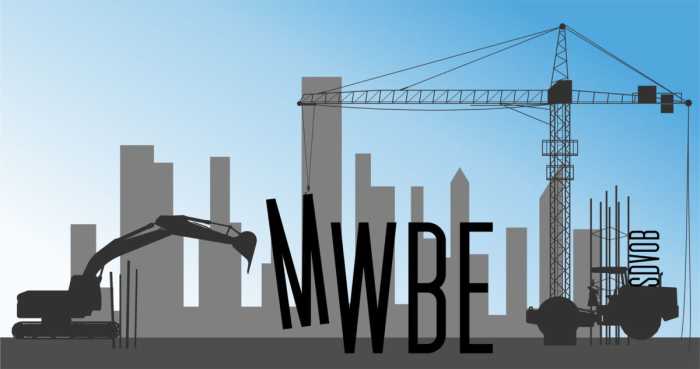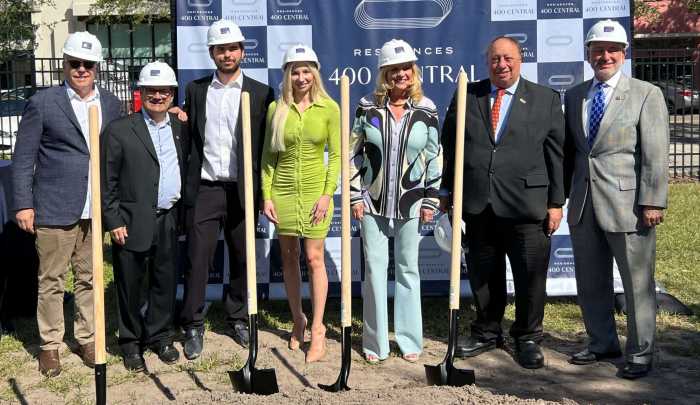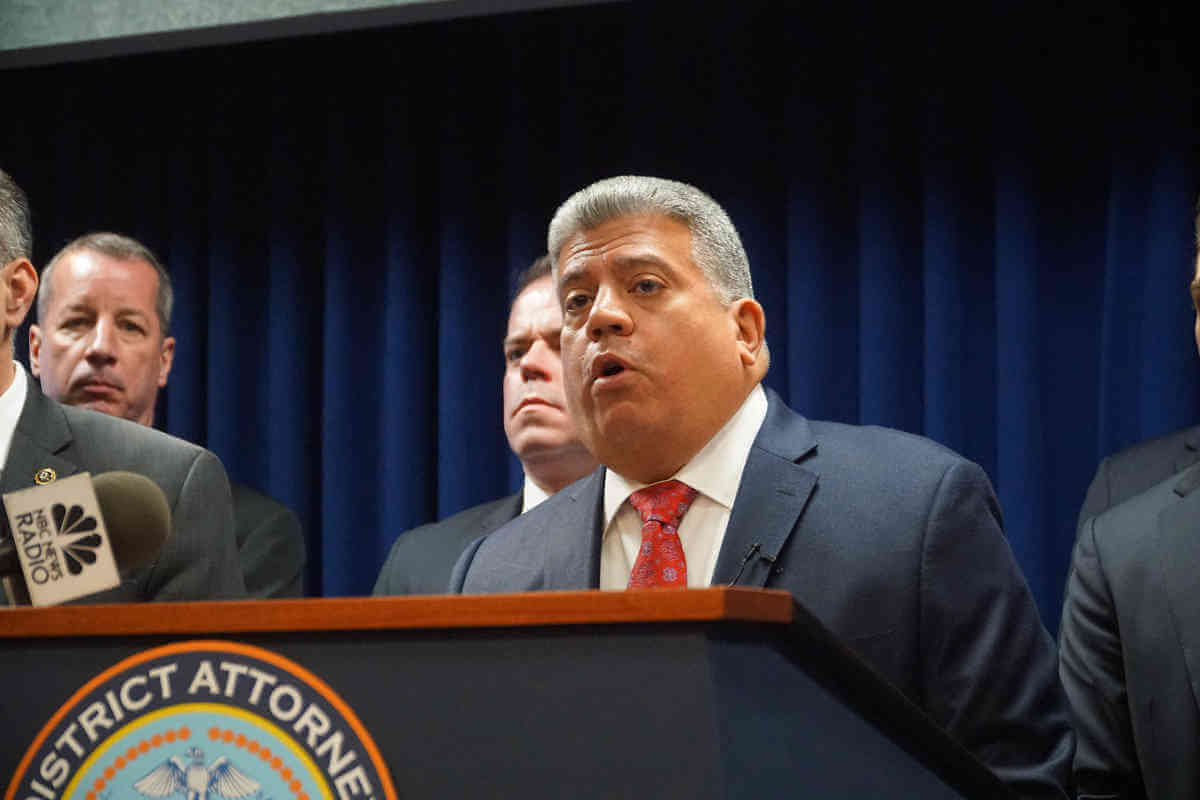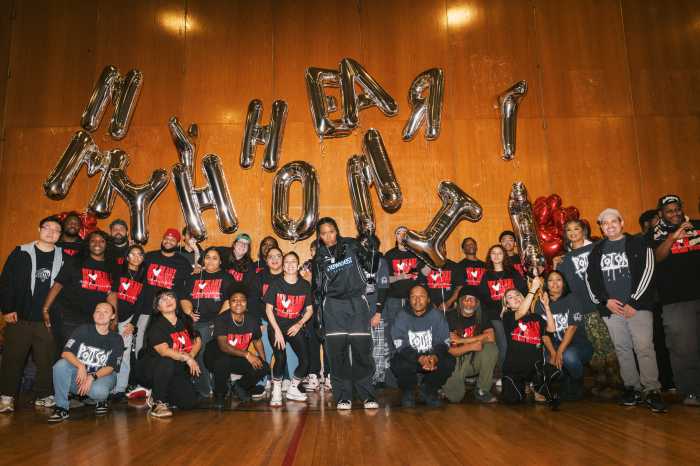Three years after the peak of the COVID-19 pandemic crisis shifted tens of thousands of office workers into permanent remote working, New York City faces a situation where it has far more vacant offices than occupied ones.
What does the city do with millions of empty square feet of commercial office space that likely won’t be filled with workers again? As Brooklyn City Council Member Justin Brannan put it, the answer is a “no-brainer”: Convert them into residential housing to address New York’s affordable housing crisis.
But to maximize the affordable housing potential of office-to-residential conversion, Mayor Eric Adams insists that Albany needs to do one thing: Resurrect the 421-a tax exemption.
The credit for developers to build affordable housing — which critics see more as a tax giveaway for the wealthy rather than a genuine housing investment — was allowed to lapse last year, and Adams believes without some version of it being restored, the city will not see enough affordable housing created.
The problem is that neither Governor Kathy Hochul, nor the Democratic-led state Senate or Assembly, have included a revival of 421-a in their respective budget proposals.
What a colossal mistake, and wasted opportunity, it would be for the state budget to be finalized this April without including a new version of 421-a as part of the plan.
Developers are going to build in New York with or without government programs like 421-a. New housing will be created all over New York, including in empty office spaces.
But if there is no incentive for developers to make them “affordable” — a term whose definition is constantly debated, because most “affordable housing” is still out of reach for most New Yorkers — then any new housing will be offered at soaring market-rate prices.
Debating, passing and enacting a new 421-a will again incentivize affordable housing construction, and give New York a chance to get the term “affordable housing” right.
It will ensure that the office-to-residential conversion plans benefit middle- and low-income New Yorkers and help them remain in a city growing more unaffordable by the minute. It will ensure developers play a significant role in reviving the city post-pandemic without compounding the growing cost of living, or negatively impacting their bottom lines.
We urge Governor Hochul and state lawmakers not to let the chance to revive 421-a and redefine affordable housing slip through the budgetary cracks.
It’s a no-brainer golden opportunity that New York can’t afford to let pass by.
